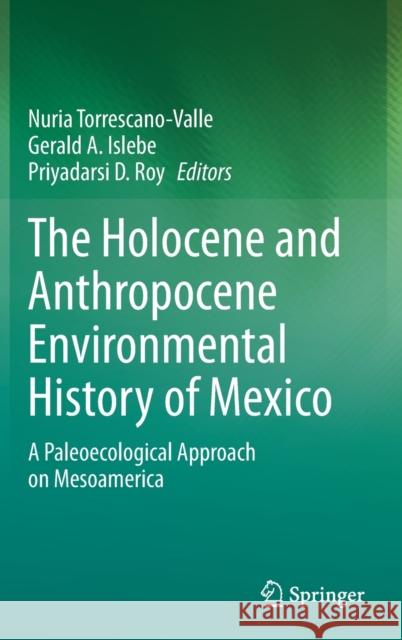The Holocene and Anthropocene Environmental History of Mexico: A Paleoecological Approach on Mesoamerica » książka
topmenu
The Holocene and Anthropocene Environmental History of Mexico: A Paleoecological Approach on Mesoamerica
ISBN-13: 9783030317188 / Angielski / Twarda / 2020 / 280 str.
The Holocene and Anthropocene Environmental History of Mexico: A Paleoecological Approach on Mesoamerica
ISBN-13: 9783030317188 / Angielski / Twarda / 2020 / 280 str.
cena 586,33 zł
(netto: 558,41 VAT: 5%)
Najniższa cena z 30 dni: 578,30 zł
(netto: 558,41 VAT: 5%)
Najniższa cena z 30 dni: 578,30 zł
Termin realizacji zamówienia:
ok. 20 dni roboczych.
ok. 20 dni roboczych.
Darmowa dostawa!
Kategorie:
Kategorie BISAC:
Wydawca:
Springer
Język:
Angielski
ISBN-13:
9783030317188
Rok wydania:
2020
Wydanie:
2019
Ilość stron:
280
Waga:
0.59 kg
Wymiary:
23.39 x 15.6 x 1.75
Oprawa:
Twarda
Wolumenów:
01
Dodatkowe informacje:
Wydanie ilustrowane











